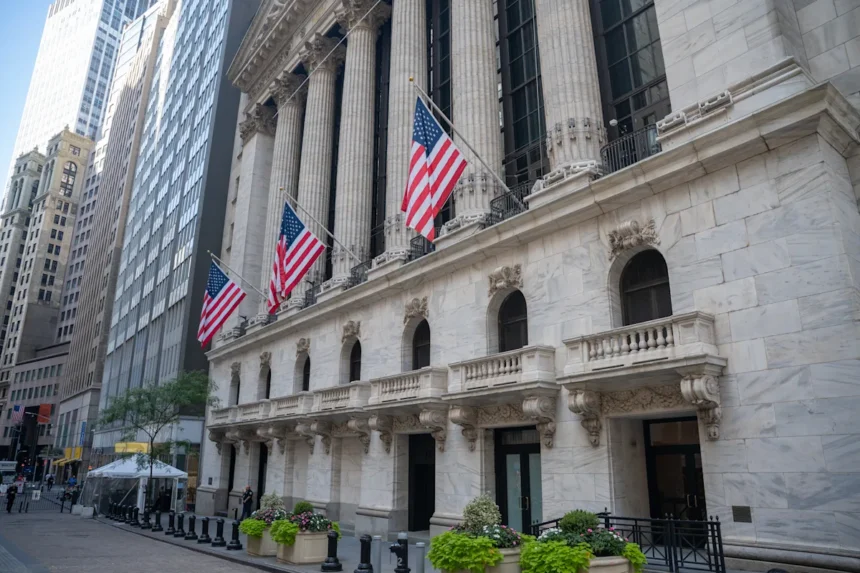US stock futures remained stable on Friday, showing minimal movement after a decline from record highs, as investors awaited a resolution to the government shutdown and looked forward to the upcoming earnings season for guidance.
Futures associated with the Dow Jones Industrial Average and the S&P 500 saw slight increases of 0.1%, while the tech-heavy Nasdaq 100 gained 0.2%. This modest activity reflects a cautious sentiment among investors amid broader economic uncertainties.
Attention has turned to the University of Michigan’s consumer sentiment reading, scheduled for release at 10 a.m. ET, which is expected to take on heightened significance given the lack of government economic data stemming from the ongoing federal shutdown. The shutdown, now entering its ninth day, has left lawmakers deadlocked over a funding bill, with the Senate failing for the seventh time to move forward on temporary measures. However, signs of potential progress emerged as some Republican members expressed a willingness to negotiate on healthcare subsidies, which have been a sticking point for Democrats.
In a slightly more positive note, the Bureau of Labor Statistics is anticipated to release the Consumer Price Index (CPI) for September by the end of the month. This report could provide crucial insights into inflation trends and in turn, inform expectations regarding potential Federal Reserve rate cuts.
With the stock market experiencing a lull, investors are eagerly counting down to the earnings season, which kicks off next week with major financial institutions like JPMorgan and Citigroup set to report. Analysts predict that earnings may be softer than usual due to the economic impact of tariffs.
In premarket trading, significant movements were observed in specific stocks. Applied Digital’s shares surged approximately 25% after surpassing revenue expectations for the quarter and announcing a partnership with cloud provider CoreWeave. This deal has further fueled optimism regarding demand in the artificial intelligence sector.
Conversely, Levi Strauss announced an increase in its full-year profit forecast; however, the new outlook failed to meet Wall Street’s expectations, leading to a nearly 7% drop in the company’s stock. Analysts pointed to the adverse effects of US tariffs, even as the company reported a revenue beat for the third quarter.
In the energy sector, oil prices dipped as reports of a ceasefire in Gaza contributed to a more favorable supply outlook. This development potentially signals shifts in global dynamics that could influence market trends moving forward.






